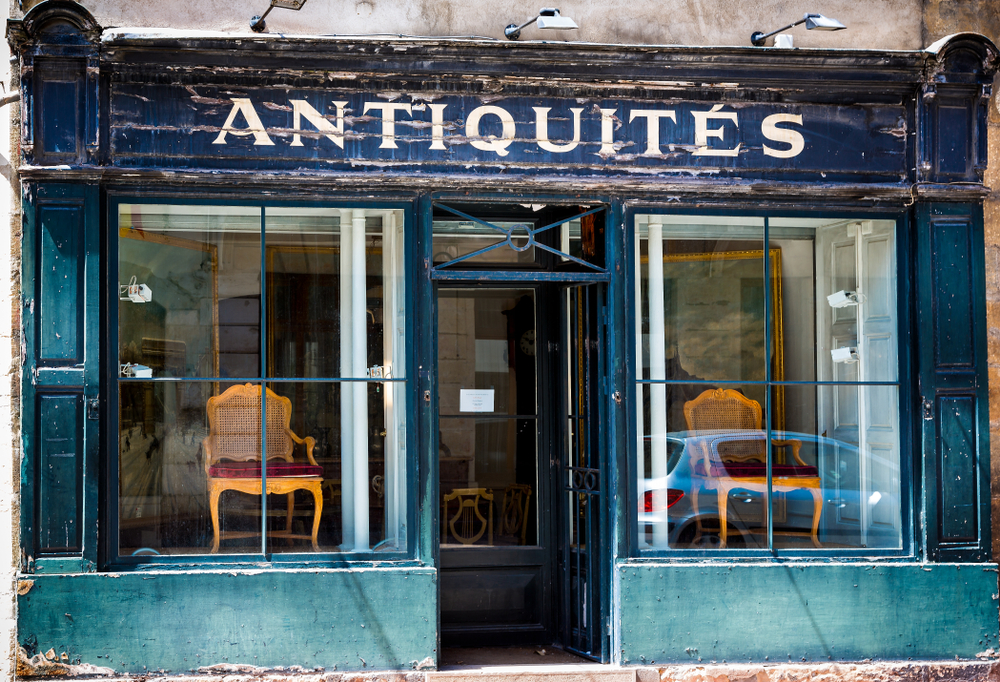Things sure don’t last like they used to.
Remember your grandmother’s refrigerator? It lasted 25 years. You might have inherited it. That thing might still be running.
But think of the things we don’t do any longer because there are new ways to do them. When was the last time you made a photo book, called a number to find out the correct time, got film developed, made sure you had enough change in your coin purse, actually put coins in your coin purse, or tried to re-fold a map?
Do you miss any of those things?
Ironically, research shows people do tend to prefer things that have been around longer.
We assume that something old (and proven) is more valuable than the new (and unproven).
In one test, people who were that told a painting was created in 1905 found it more pleasing than those who were told it was painted in 2005. In another, people who tasted identical pieces of chocolate preferred the one they’d been told came from a brand that’s been around for 70 years.
We think older is better. Until we don’t. A metric ton of digital ink has spilled describing various business’ failure to change in the digital world. We talk about why innovation, new marketing strategies, and digital transformation are paramount to survival. But we also talk about the inability of businesses to focus, the tendency to chase fads, and how we act like moths attracted to the brightest, shiniest new flame.
In business, we tend to make assumptions on either side. That old thing continues simply because it’s been around. That new thing is attractive only because it’s new. We don’t often ask, “How long should something last?”
A client who works for a company with a stellar digital publication asked my advice the other day. Throughout the decade since its debut, the publication has been seen as an exemplar in the space.
So when my client asked how to launch a new measurement approach, I asked, “Is it failing to meet its goals?” She told me it’s still doing great in terms of what it was designed to do. “But our new marketing leaders have hinted that we need to show ROI in a different way,” she said. “The magazine wasn’t designed to meet that metric.”
I asked the obvious question: “Then why measure it against it?”
Her answer: “I don’t know. Probably because we now can?”
This publication is like our grandmother’s refrigerator. It has chilled food perfectly for years. But now, new leaders want to measure its ability to know what foods are in it and to provide recipes using those foods.
It might be time for a change. There’s nothing inherently wrong with the evolution of goals. But, in so many cases, the goals haven’t evolved. The desire to modernize them has.
We don’t need the refrigerator to do anything but chill food. Still, new capabilities exist, they seem important, and we want them.
Moth, meet light.
As we think about building new platforms for valuable customer experiences, we shouldn’t assume they will – or won’t – last forever. My client with the digital publication must either convince leadership that classic is never out of style, acknowledge the need for new capabilities, or propose something more modern to take its place.
To trade the short-termism of marketing campaigns for the long-term investments of content-driven customer experiences, we must recognize the duality of our fondness of the old and the glitter of the new.
Remember, techniques change. Having technique doesn’t.
It’s your story. Tell it well.





